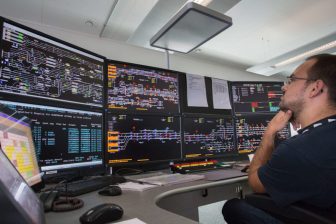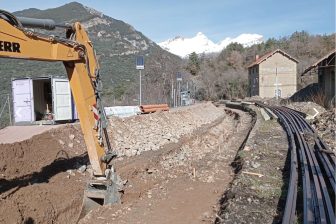
Electrification of Belgian line near Dutch border ready in June
source: Infrabel
Infrabel has entered the final phase of the electrification of railway line 19 between Mol and Hamont in Belgium. The railway infrastructure manager expects that the 33-kilometer-long railway line can be put into use in June. In the future, the route should be extended to the Dutch town of Weert, but the Ministry of Infrastructure and Water Management in the Netherlands has yet to make a decision on this.
Want to read more?
You have read all of your free premium articles for this month. Please become a subscriber to keep reading.
Subscribe now!
Take advantage of our exclusive offer to get full access to all premium content.



